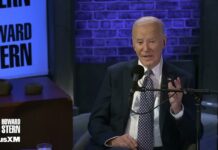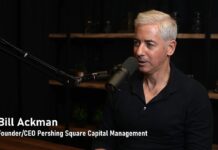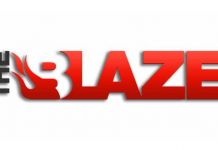In a warning sign for the economy, factory orders have suffered their sharpest drop since the onset of the pandemic, when lockdowns led to an economic crash.
New orders for American-made goods have suffered the sharpest drop in three-and-a-half years, with the latest sign of a slump in U.S. manufacturing adding to fears of a coming recession.
According to the latest month of available data from the Commerce Department’s Census Bureau, factory orders fell 3.6 percent in October.
The decline is the sharpest monthly drop since April 2020, when pandemic lockdowns rattled the economy and threw it into a recessionary tailspin.
The Commerce Department report also showed that new orders for manufactured durable goods fell 5.4 percent after a 4.0 percent rise in September.
The disappointing factory numbers come hot on the heels of other data suggesting that America’s manufacturing sector is mired in weakness and the economy is heading for a slowdown.
Economy Hitting ‘Stall Speed’
The closely-watched Institute for Supply Management’s (ISM) Manufacturing PMI shows that U.S. manufacturing activity contracted in November for the 13th consecutive month, as demand softened and new orders fell.
The 13-month-long U.S. manufacturing decline is the longest down streak since the 2008-09 financial crisis. The manufacturing sector accounts for roughly 11 percent of the U.S. economy.
Even though the U.S. economy has defied predictions for a recession, recent economic data (in addition to the manufacturing slump) paint a picture of a looming slowdown, including lackluster growth in consumer spending and a cooling job market.
Economist David Rosenberg said in a post on X that the signs point to the U.S. economy flatlining.
Mr. Rosenberg pointed out that the Federal Reserve’s real-time estimate of economic growth for the current quarter has dropped from 2.1 percent on Nov. 22, to 1.8 percent on Nov. 30, and then 1.2 percent on Dec. 4.
“That is the freshly-minted Atlanta Fed Nowcast estimate for Q4 real GDP growth,” he wrote. “In two words or less: stall speed.”
Recession ‘In the Near Term’
Last week, data showed that consumer spending, which accounts for over two-thirds of U.S. economic growth, grew by a tepid 0.2 percent in October after a 0.7 percent gain in September.
A separate report from the Labor Department showed that initial claims for state unemployment benefits rose by 7,000 to 218,000 for the week ending Nov. 25, while the number of people receiving benefits after an initial week of aid (a proxy for hiring) rose to 1.927 million—the highest since November 2021.
By Tom Ozimek














































